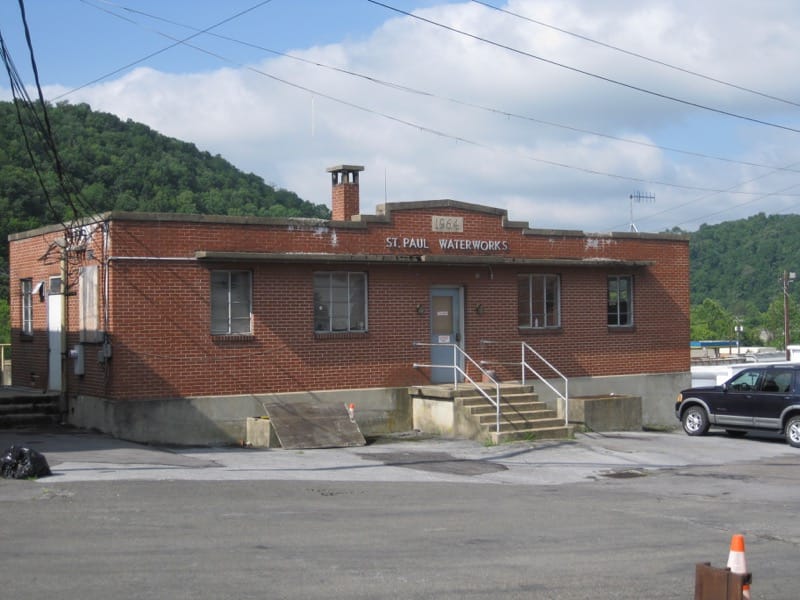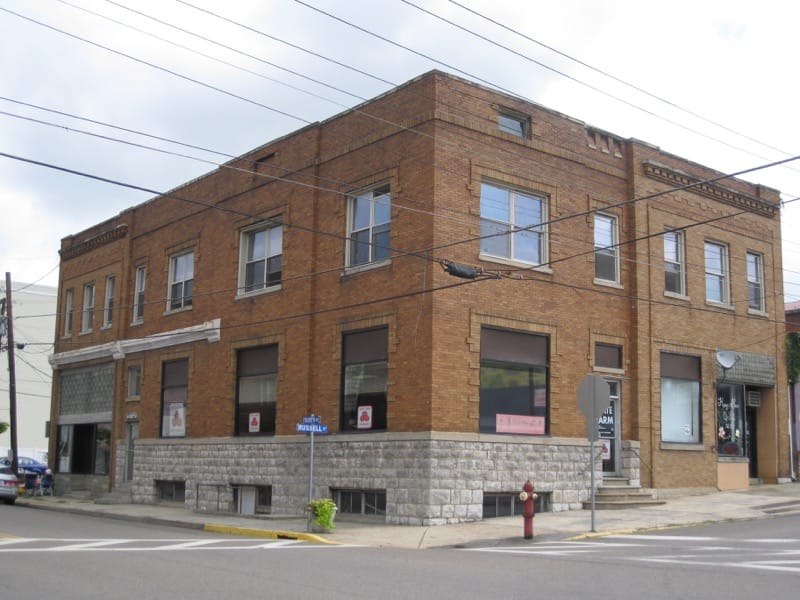St. Paul Historic District
The St. Paul Historic District is an excellent example of the downtown business areas of small commercial towns that developed in Wise County and surrounding areas of Southwest Virginia in conjunction with the growth of the coal mining industry from the late nineteenth through mid-twentieth centuries. By 1884, the area of the present town was envisioned as an excellent prospect for development, following the opening of coal mining in Wise County at the beginning of the decade. The small cove of relatively mild slopes suitable for building was located along the Clinch River valley, one of only two practical points of entry for railroads through the barrier of high mountains that surrounds Wise County. Even though early developers’ vision of a twin metropolis, inspired by the booming cities of St. Paul and Minneapolis, Minnesota, did not come to fruition, St. Paul grew and thrived into the mid-twentieth century as a railroad junction and distribution point for local commerce among the surrounding coal towns to the north and west. The period of most intense development of buildings and infrastructure occurred in the 1920s and 1930s. Since the decline of the coal industry began in the 1950s, the town has likewise suffered and even experienced a slight decline in population at the turn of the present century. The district’s architecture is distinguished by early twentieth-century commercial styles, some with sophisticated masonry and elaborate ornamentation, particularly on the upper stories.
The St. Paul Historic District was listed on the Virginia Landmarks Register in March 2011 and on the National Register of Historic Places in June 2011. The National Register nomination was co-authored by David Lewes of the William and Mary Center for Archaeological Research and Mary Ruffin Hanbury of Hanbury Preservation Consulting. The nomination can be found here.











